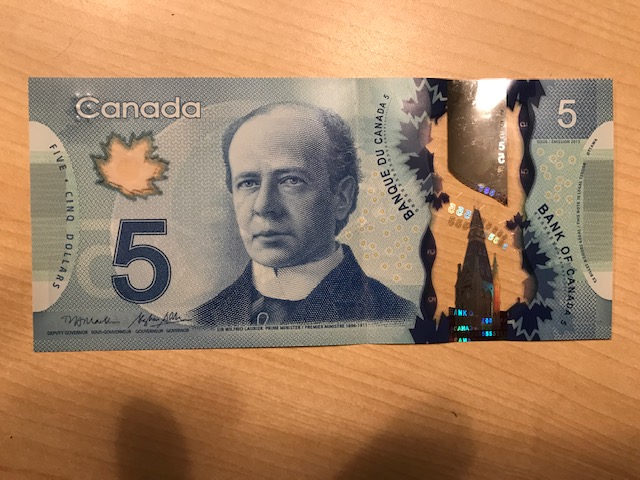According to Coin World, the Bureau of Engraving and Printing confirmed that we will have a tactile $10 bill by 2026. The initiative is not new, the first research to print tactile Dollar bills started in the 1990’s. But let’s look at what this really means.
Having one tactile note is a step in the right direction, but let’s face it, it is practically useless. It would only work if all bank notes, or at least all but one would have tactile features. However, this would only make sense if the old notes would be pulled out of circulation.
The timeline is the following for the other notes:
-
$10, 2026
-
$50, 2028
-
$20, 2030
-
$5, 2032-2035
-
$100, 2034-2038
This timeline, however, does not include $1 and $2 bills. So, in 2038, if we assume that all old bills will be removed from circulation, and we don’t often encounter $2 bills, blind people will be able to recognize currency by touch. As of today, all US currency remains legal tender, and this is not likely to change.
In the meantime, the NASA is planning to send people to the Mars by 2033. But let’s not go that far. Accessible currency is not as complicated as flying to the Mars. As of today, over 40 countries managed to make it happen, including countries with much greater economic difficulties than the United States, such as Kenya, Hungary, Honduras, Malawi, just to name a few, with different solutions and different qualities. The Netherlands managed to issue a tactile 10 Gulden note in 1971
Of course, it is not as easy as it sounds. The United States Dollar is circulated around the world, according to some statistics more bills are used outside the countries than in the United States. Security needs to be taken into consideration, not to mention automated bank note processing, such as in vending machines.
But other countries made it work, but it wasn’t on the priority list of the United States, and probably it wouldn’t be even longer if it wasn’t for a lawsuit.
As an example, consider Australia, where they issued different tactile notes annually, and since 2020 they are using tactile currency for all denominations.
This is not the first time the Department of Treasury made a promise to us to resolve this issue. In the meantime, we will have four more elections, not to mention that by 2038, who knows if we are still going to use physical currency. Still, the solution is symbolic, and unless I use a phone app or a money recognizer which is only available to US residents, I will have no guarantee that in 2038 I will be able to open my wallet and identify all my bills in it.


